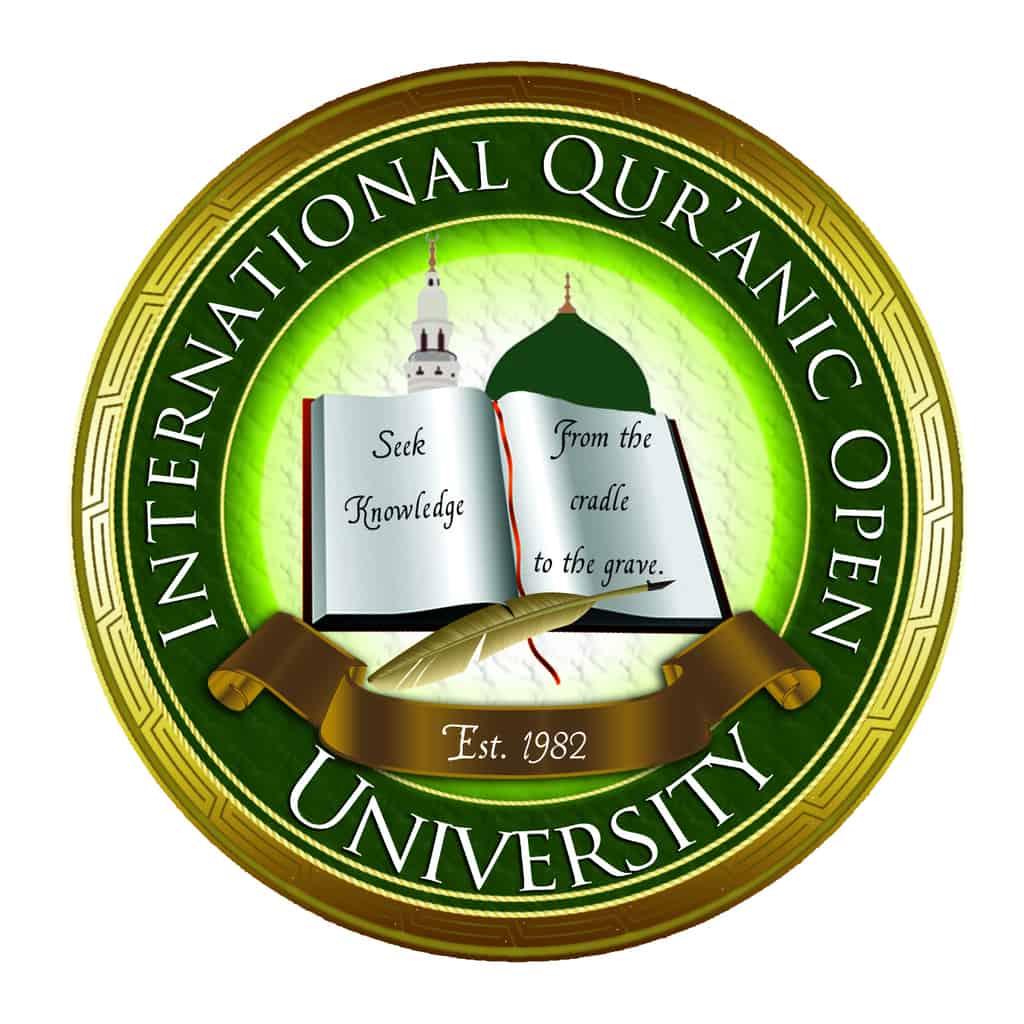Below is the second part of this series on Alternative Medicines, starting with the fourth classification.
4. Midwifery is one of the oldest alternative therapies in existence. Since the beginning of time, women have always looked for the more experienced and knowledgeable woman for help during childbirth. Though hospital births are the norm today, midwives have delivered most of the worlds babies. Certified Nurse Midwives (C.N.M) often work in hospitals and clinics along side conventional Obstetricians. In the United States, and much of the developed world, a license is required to deliver babies.
5. Naturopathy is based on achieving a state of optimal wellness in which the body can not only heal itself of any current afflictions but also prevent occurrences of illness in the future. This form of alternative healing is not new. Hippocrates was considered the first Naturopath. He looked for the cause of illness in the air, water or food that the patient ingested. There are six philosophies that distinguish Naturopathy from conventional medical practice.
• Do no harm, represented as the lack of drug side effects.
• The body has a natural ability to establish, maintain, and restore health.
• Identification and treatment of the cause of illness
• Treat the entire person
• The Physician as the teacher, meaning the physician trains the patient how to heal himself.
• Prevention of disease through education and promotion of a healthy life style.
6. Eclectic Medicine – Few are aware that America had an extensive herbal tradition, known as Eclectic Medicine. This is an extension of early American herbal medicine traditions. Another form is called the Thompsonian medicine in the early 1800’s; this is also inclusive of Native American Medicine. In 1827, a doctor named Wooster Beach founded an alternative medical society and later opened the first Eclectic school. There schools grew and eventually numbered in the thousands. They treated millions of patients over many decades (ending around 1935) mainly using herbal medicine. However, their popularity ended in the 1900’s when the Carnegie and Rockefeller foundations became heavily involved in philanthropic grants to medical schools. The Carnegie’s and Rockefeller’s goal was to create a philosophy of and on drug therapy. The infamous Flexner Report of 1910 put the nails in the coffin of health care diversity in this country for many years.
7. Unani Tibb Medicine is a form of healing is practiced throughout the world. It is holistic, which means it heals the body, spirit and mind. Naturopaths have adopted some of the principles of Tibb medicine. The practitioners of this form of healing are called Hakims or Hakimahs (female). The best way to explain Tibb medicine is by defining the word “humor”. Humors may be identified with the various bio-chemical products derived from the digestion of food in liver, blood and other tissues. The exact break down of the four humors are, blood humor, phlegm humor, bilious humor, and the atrabilious humor. Good digestion and the correct body temperature should also always be in balance. If any of these properties are in excess, you will find illness in the body. The pulse is also utilized in diagnosing illness. Reading of the pulse permits an assessment of several factors. It allows the Hakim to know which humor is out of balance. It lets him know the nature of the imbalance and which organ is being affected. A Hakim will then analyze your constitution and suggest herbal remedies to help you regain balance if warranted. The Holy Quran is a great healer and is used at times to promote and induce health. In Tibb Medicine the emotional, spiritual, and physical mechanisms of life are all factors used to evaluate a person’s health. The Holy Last Messenger, Muhammad (peace be upon him) has said, “The stomach is the home of disease. Diet is the main medicine”. Every food has a property which can be cold, hot, dry or wet. This is why it is important to eat natural foods according to their season.





